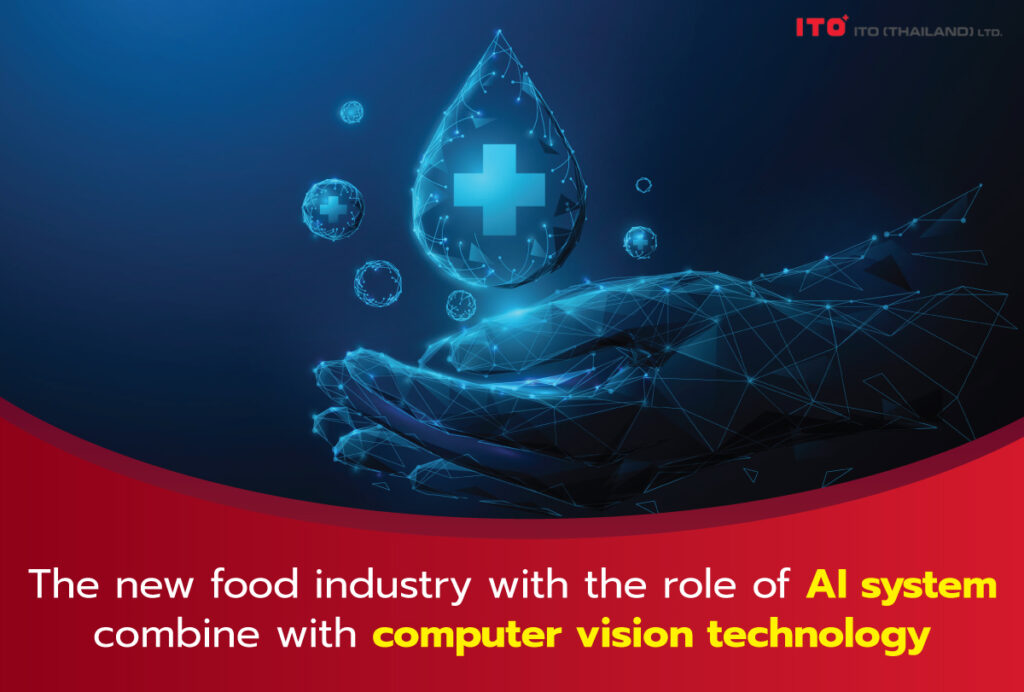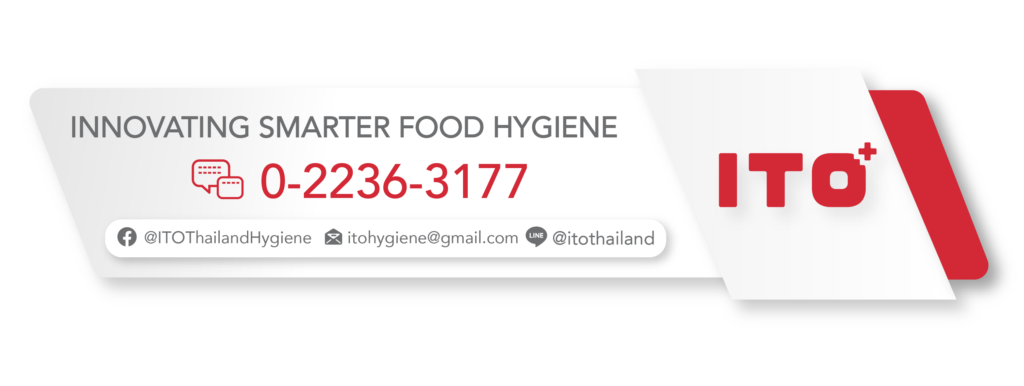ITO Thailand Hygiene Blog
Modern Food Industry with the Role of Artificial Intelligence (AI) System in Conjunction with Computer Vision Technology
Nowadays, many technologies have played significant roles in food industry; for instance, either to increase production capacity, accuracy, work efficiency or to reduce the loss of raw materials, resources, time, contamination, labor shortage problem or to be used in dangerous locations, etc.; the automation technology such as dust and hair vacuum cleaners, automatic boot cleaning machine, robotics and automation systems, etc.; including computer vision technology in conjunction with AI system that capture an object image and analyze the result with non-destruction of the sample object for various purposes in the food industry such as automatic harvesting by sorting quality produce of required size, sorting and quality grading of raw materials or products, filtering impurities, controlling product quality and using in compatible with robots in production, unloading or packing processes, etc. The examples of relevant technologies include:
– The Color Imaging System uses the principles of color measurement o link with food quality analysis by preferring to link the color of the fruit with prediction of several qualities such as sweetness level, seed size, weight loss, texture, etc. due to the color of the fruit is resulted from the pigments of which changes correlated with the changes in qualities as well by referring to the studies in many types of fruits (1) such as cherries, pomegranates, mangoes, oranges, tomatoes, coffee beans, papayas, etc. This technology provides a very useful technique for sorting or inspection the suitable quality of raw materials with non-destruction of the samples.
– Optical Character Recognition System (OCR) or a technology to create text from image can be used to verify the completeness of food label identified on packaging such as expiry date (2) , product allergen identification (3) ,halal product identification (4) and product information traceability (5) , etc.
– Image Analysis System is a computer system used to help analyzing the sample image compared to the database in the system then display the results on the screen for the user to know or send the signal to other automation to continue operation, such as sorting the grade or size of the raw material and product completeness inspection to assist in quality control; for example, in the meat industry, not only using the weight checker technology to quickly determine the weight of each piece of meat, but also installing a camera and an image analysis system to help sorting the quality grade of that piece of meat or even calculating the part of meat designated for a robot or automation to resect into pieces and separating the meat according to the program designated.(6) In addition, for the sanitation and personal hygiene system, the installation of cameras and the use of AI system can also play the important roles in monitoring the good hygiene practices of employees in production areas such as wearing masks(7) , hair caps or the correct uniforms, etc.
– Hyperspectral Imaging Technique uses the principle of collecting spectral data of the surface at each location to process the properties of that object. It can be applied for the food industry for many purposes such as the analysis of meat grades from meat texture images, plastic contamination analysis, packaging leak detection, etc.
– AI-Motion Recognition Technology System is used to record motion picture and analyze the movement characteristics of the body or object interested which can be applied for food safety industry; for example, in an area where cleanliness and contamination often become a critical point that is difficult to control; for instance, controlling the staff’s hand wash which still cannot be effectively controlled. According to an observational report of a sample group of over 600 workers in a British bakery industry, only 2.2% were found able to properly follow the instructions for hand wash. (8) Therefore, it is possible to use AI system to help analyzing the movement of hand gestures by using a computer to analyze the image of movement characteristics of hand wash. A feasibility study on the research of testing the use of AI-Motion Recognition Technology to assess the cleanliness of hands disinfected by rubbing alcohol and patient contact (9) was found achieving the detections of 100% disinfectant pressing, 83% hand rubbing and 100% patient contact indicating a good possibility for future development.
Another example is the use of video and AI system to collect the data of consumer behavior such as age (10) and gender (11) linked to the types and quantity of food ordered, counting the number of consumers entering and leaving and the period of time the consumers use the service,(12) time spent for queuing, time spent for serving food according to order (10) or even facial expression (13) which indicates the mood of the consumer. This consumer behavior data is very useful for analysis, planning and managing other works such as purchasing, marketing, new product designing, improving the current products, staffing planning to suit the number of customers and much more.
The future introduction of these technologies in the food industry market tends to gradually increase. ITO Thailand, therefore, commits to join as a part of technology development for a safe food society by introducing the use of video capture technology with AI to develop a hygienic food production process to be safer and to increase the production efficiency. In addition, we also provide hygienic technology for food industry, automation and robotics systems to increase the production efficiency, consulting service, troubleshooting and comprehensive after-sales service. If interested, you can contact us.
References
1.Fracarolli, J. A., Pavarin, F. F. A., Castro, W., & Blasco, J. (2021). Computer vision applied to food and agricultural products. Revista Ciência Agronômica, 51.
2.Rodríguez-Rodríguez, J. C., Quesada-Arencibia, A., Moreno-Díaz Jr, R., & García, C. R. (2016). A character segmentation proposal for high-speed visual monitoring of expiration codes on beverage cans. Sensors, 16(4), 527.
3.Kollia, I., Stevenson, J., & Kollias, S. (2021). AI-Enabled Efficient and Safe Food Supply Chain. Electronics, 10(11), 1223.
4.Yuniarti, A., Kuswardayan, I., Hariadi, R. R., Arifiani, S., & Mursidah, E. (2017, October). Design of integrated latext: Halal detection text using OCR (Optical character recognition) and web service. In 2017 International Seminar on Application for Technology of Information and Communication (iSemantic)(pp. 137-141). IEEE.
5.Ribeiro, F. D. S., Caliva, F., Swainson, M., Gudmundsson, K., Leontidis, G., & Kollias, S. (2018, May). An adaptable deep learning system for optical character verification in retail food packaging. In 2018 IEEE Conference on Evolving and Adaptive Intelligent Systems (EAIS)(pp. 1-8). IEEE.
6.Barbut, S. (2020). Meat industry 4.0: A distant future? Animal Frontiers, 10(4), 38-47.
7.Bhale, Y., Agrawal, N., & Kelwa, S. (2021, December). Mask Detection using Computer Vision. In 2021 10th International Conference on System Modeling & Advancement in Research Trends (SMART)(pp. 53-58). IEEE.
8.Evans, E. W., & Redmond, E. C. (2019). Video observation of hand-hygiene compliance in a manufacturer of ready-to-eat pie and pastry products. International Journal of Environmental Health Research, 29(6), 593-606.
9.Awwad, S., Tarvade, S., Piccardi, M., & Gattas, D. J. (2019). The use of privacy-protected computer vision to measure the quality of healthcare worker hand hygiene. International Journal for Quality in Health Care, 31(1), 36-42.
10.https://agrexai.com/qsr-video-analytics/
11.Keh, J. J., Cruz, M., Deticio, R., Tan, C. V., Jose, J. A., Dadios, E., & Fillone, A. (2020, December). Video-Based Gender Profiling on Challenging Camera Viewpoint for Restaurant Data Analytics. In 2020 IEEE 12th International Conference on Humanoid, Nanotechnology, Information Technology, Communication and Control, Environment, and Management (HNICEM)(pp. 1-5). IEEE.
13.Chang, W. J., Schmelzer, M., Kopp, F., Hsu, C. H., Su, J. P., Chen, L. B., & Chen, M. C. (2019, February). A deep learning facial expression recognition-based scoring system for restaurants. In 2019 International Conference on Artificial Intelligence in Information and Communication (ICAIIC)(pp. 251-254). IEEE.
Related Post
-

Liquid nitrogen in food industry
You maybe have heard that liquid nitrogen can rapidly freeze the food, haven’t you? And what are its advantages and benefits? Let's get to know the liquid nitrogen in food industry with ITO (Thailand).
-
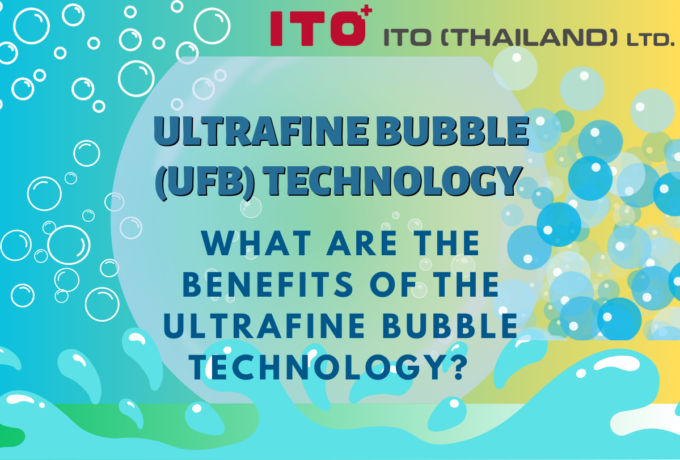
Ultrafine bubble (UFB) technology (Part 2)
The previous content has discussed the benefits of the ultrafine bubble technology in agriculture, livestock, and fisheries, cleaning raw materials and various surfaces. Today, we will continue to learn about the use of the ultrafine bubble technology in food production processes and waste management from the food industry and how to create these tiny gas bubbles.
-
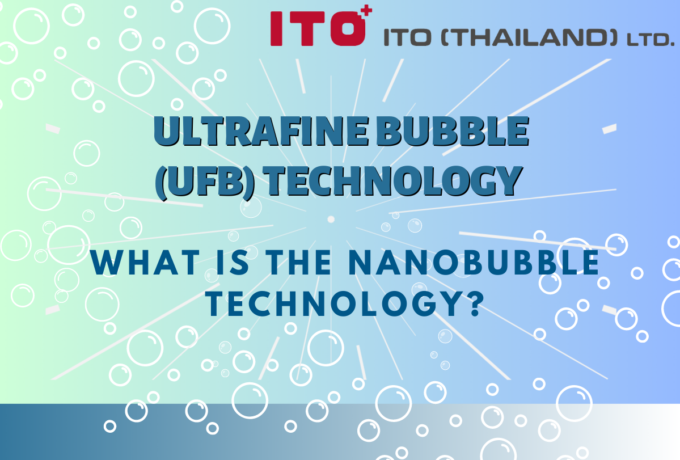
Ultrafine bubble (UFB) technology (Part 1)
Simple bubbles when transformed into the micro-nano level can do more than you think. Let's learn about the technology of these tiny bubbles and their application in the food industry with ITO (Thailand).
-
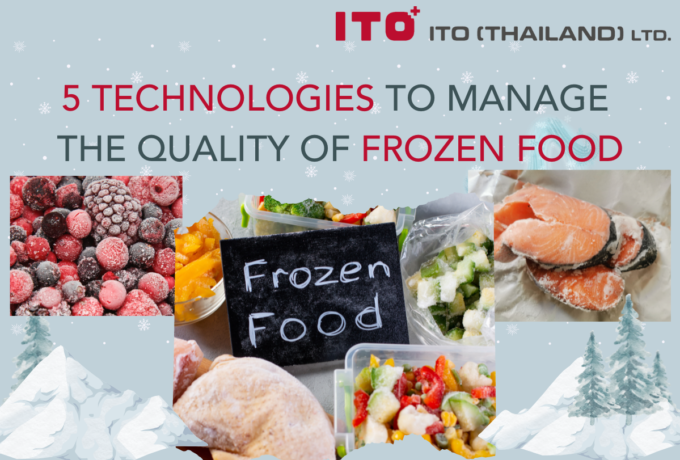
Frozen food storage management
Freezing is a method of food preservation commonly used in food that goes bad quickly such as ready-to-cook fresh food, ready meals, or foods in which nutritional values decay easily, or have substances that are sensitive to temperature, light, oxygen, etc. Freezing uses a principle of quickly solidifying water in the products, making the molecules of the substances unable to react to one another, thus the foods last longer. It also suppresses the growth of microorganisms and kills parasites. For instance, USFDA suggested controlling parasites in fish consumed raw such as sushi and sashimi by freezing the fish at the minimum of 20 degrees Celsius for 7 days or stored at -35 degrees Celsius for 15 hours to control parasites in fish (conditions may depend on the size of the fish as well).
-

Boot Cleaner
Pay attention to the hygiene of the footwear for good hygiene in the food industry
-
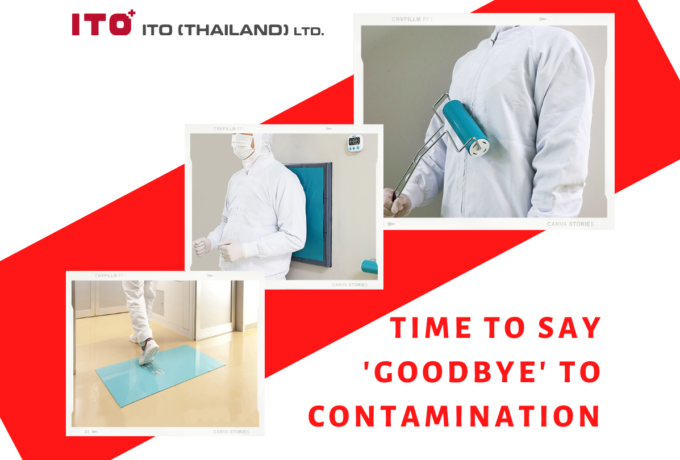
Innovation for sustainable physical contamination prevention
It is known that external impurities pose a food safety risk. One of the main channels of contamination is the presence of humans as a carrier of dust and dirt into the production or high-risk areas, causing dirt, germs, or foreign matters to contaminate food and harm consumers.








